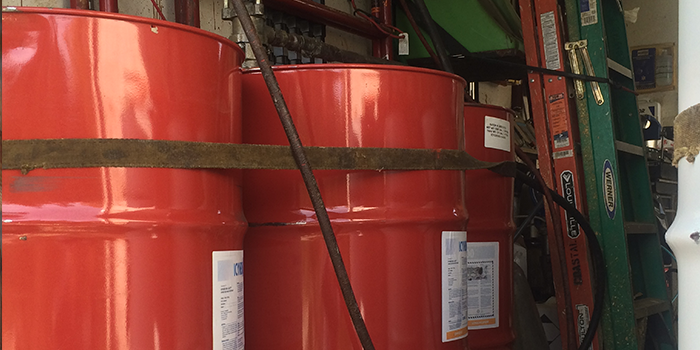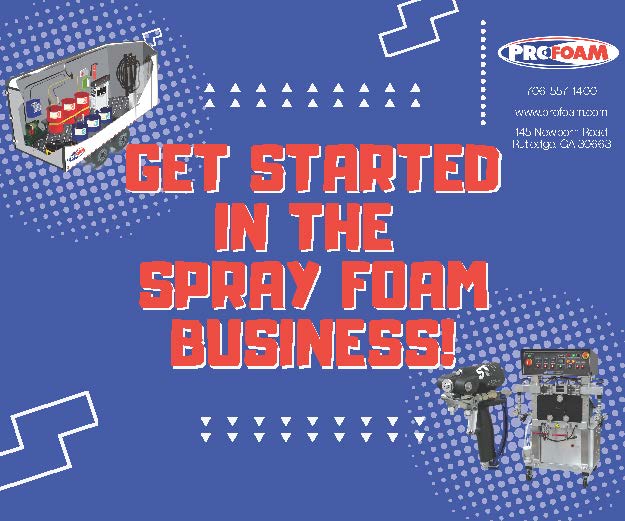
Spray Foam Chemicals

Chemicals in SPF Products
To create spray polyurethane foam, two chemical components must react. The components, commonly referred to as Side A and Side B, are mixed in roughly equal proportion. Side A contains very reactive chemicals known as isocyanates. Side B contains polyols, which react with isocyanates to make polyurethane, and a mixture of other chemicals, including blowing agents, catalysts, flame retardants, and surfactants. These chemicals can cause several health hazards, per the Center for the Polyurethanes Industry (CPI) of the American Chemistry Council (ACC).
Health Concerns Associated with Side A: Isocyanates
Isocyanates are a class of highly reactive chemicals with widespread industrial, commercial, and consumer applications. Exposure to isocyanates may irritate skin and eyes, as well as the respiratory tract, causing runny nose, sore throat, and coughing. Additionally, isocyanate exposure can lead to sensitization, which is an allergic reaction to isocyanate, even at low levels of exposure otherwise deemed safe for the average person. Sensitization can manifest as asthma, with symptoms including chest tightness, shortness of breath, and coughing. Isocyanates are the leading chemical cause of work-related asthma, per NIOSH.
Health Concerns Associated with Side B: Polyol Blend
The polyols, catalysts, blowing agents, flame
retardants, and surfactants can all contribute to eye, skin, and respiratory
irritation at high exposure levels. Additionally, HFC blowing agents can also
cause central nervous system effects and irregular heartbeat at high exposure
levels. As far as high exposure to catalysts, amine catalysts can cause blurry
vision, while metal catalysts can cause nausea and headaches.






